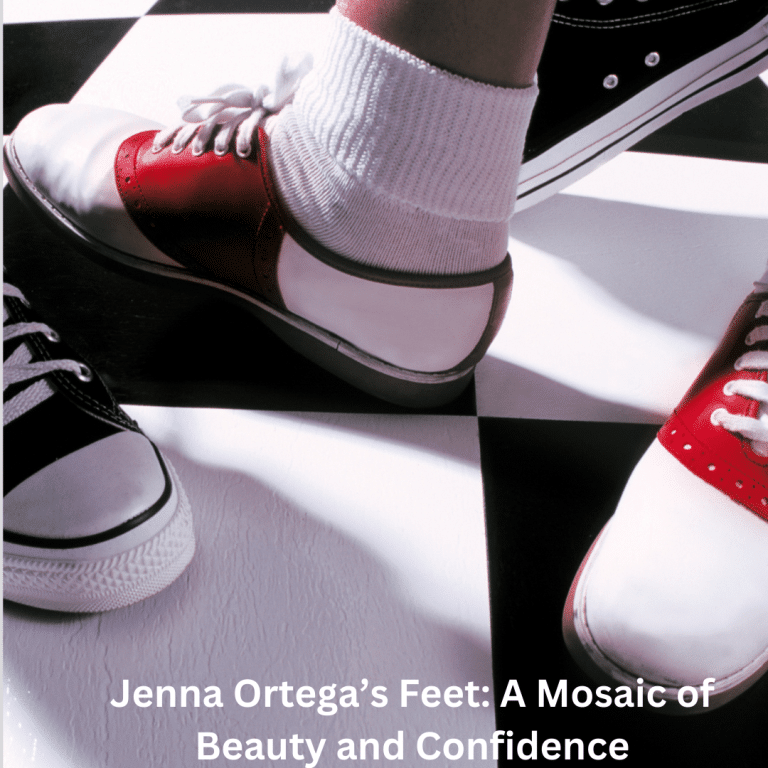Who Was the First Person to Die?
In the vast tapestry of human history, certain questions linger, sparking curiosity and prompting us to explore the roots of our existence. One such intriguing query is, “Who was the first person to die?” Delving into this enigma involves unraveling historical threads, examining ancient records, and contemplating the profound impact of mortality on human societies.
Who Was the First Person to Die?
Historical Significance
The quest to identify the first person to die transcends mere curiosity; it’s a journey through time that unravels the essence of our shared human experience. From ancient civilizations to modern societies, the concept of death has shaped cultures, beliefs, and rituals.
Theories and Speculations
While pinpointing the first death is impossible, various theories and speculations exist. Some cultures attribute the first death to mythical figures, bridging the gap between mortality and the divine. Others turn to archaeological findings, seeking clues in ancient remains and burial sites.
Tracing the Earliest Records
Ancient Civilizations
Exploring the earliest records of human existence takes us back to ancient civilizations. From the banks of the Nile to the fertile crescent, societies grappled with mortality, leaving behind artifacts that hint at their understanding of life and death.
Archaeological Discoveries
Archaeological discoveries offer glimpses into prehistoric lives and deaths. Unearthed skeletons, burial grounds, and artifacts provide valuable insights into early human practices surrounding death, shedding light on the rituals that accompanied the departure of the deceased.
Notable Historical Figures
Early Deaths of Prominent Figures
As we traverse the corridors of time, we encounter the early deaths of prominent historical figures. From rulers to philosophers, their mortality became intertwined with the narratives of their eras, influencing the course of history and shaping the perspectives of those who followed.
Impact on Societies
Cultural and Religious Perspectives
The first person to die holds significance not only in historical terms but also in cultural and religious contexts. Different societies have developed unique perspectives on death, with rituals, beliefs, and mourning practices shaped by the earliest encounters with mortality.
Historical Ramifications
Examining the impact of the first death on societies reveals a complex interplay of emotions, traditions, and societal structures. The ripples of that initial departure echo through the ages, influencing how subsequent generations perceive and navigate the inevitable journey towards the unknown.
Evolving Attitudes Towards Death
Shifts in Perception Over Centuries
Human attitudes towards death have evolved over centuries, mirroring societal changes and cultural shifts. What might have been a somber event in one era could be celebrated or commemorated differently in another, showcasing the dynamic nature of our relationship with mortality.
Understanding the First Death Rituals
Early Burial Practices
The rituals surrounding the first person to die have paved the way for diverse burial practices. From simple interments to elaborate ceremonies, each culture has woven a unique tapestry of rituals that reflect their beliefs about the afterlife and the journey of the departed.
In the vast tapestry of human history, certain questions linger, sparking curiosity and prompting us to explore the roots of our existence. One such intriguing query is, “Who was the first person to die?” Delving into this enigma involves unraveling historical threads, examining ancient records, and contemplating the profound impact of mortality on human societies.
Who Was the First Person to Die?
Historical Significance
The quest to identify the first person to die transcends mere curiosity; it’s a journey through time that unravels the essence of our shared human experience. From ancient civilizations to modern societies, the concept of death has shaped cultures, beliefs, and rituals.
Theories and Speculations
While pinpointing the first death is impossible, various theories and speculations exist. Some cultures attribute the first death to mythical figures, bridging the gap between mortality and the divine. Others turn to archaeological findings, seeking clues in ancient remains and burial sites.
Tracing the Earliest Records
Ancient Civilizations
Exploring the earliest records of human existence takes us back to ancient civilizations. From the banks of the Nile to the fertile crescent, societies grappled with mortality, leaving behind artifacts that hint at their understanding of life and death.
Archaeological Discoveries
Archaeological discoveries offer glimpses into prehistoric lives and deaths. Unearthed skeletons, burial grounds, and artifacts provide valuable insights into early human practices surrounding death, shedding light on the rituals that accompanied the departure of the deceased.
Notable Historical Figures
Early Deaths of Prominent Figures
As we traverse the corridors of time, we encounter the early deaths of prominent historical figures. From rulers to philosophers, their mortality became intertwined with the narratives of their eras, influencing the course of history and shaping the perspectives of those who followed.
Impact on Societies
Cultural and Religious Perspectives
The first person to die holds significance not only in historical terms but also in cultural and religious contexts. Different societies have developed unique perspectives on death, with rituals, beliefs, and mourning practices shaped by the earliest encounters with mortality.
Historical Ramifications
Examining the impact of the first death on societies reveals a complex interplay of emotions, traditions, and societal structures. The ripples of that initial departure echo through the ages, influencing how subsequent generations perceive and navigate the inevitable journey towards the unknown.
Download TikTok Videos for Free with SSSTIK.IO: A Quick and Convenient Solution
Evolving Attitudes Towards Death
Shifts in Perception Over Centuries
Human attitudes towards death have evolved over centuries, mirroring societal changes and cultural shifts. What might have been a somber event in one era could be celebrated or commemorated differently in another, showcasing the dynamic nature of our relationship with mortality.
Understanding the First Death Rituals
Early Burial Practices
The rituals surrounding the first person to die have paved the way for diverse burial practices. From simple interments to elaborate ceremonies, each culture has woven a unique tapestry of rituals that reflect their beliefs about the afterlife and the journey of the departed.
Symbolism and Beliefs
Symbols associated with death often find their roots in the rituals surrounding the first person to die. Whether it’s the symbolism of a particular flower, the orientation of a burial site, or the rituals performed, these elements carry echoes of ancient beliefs and cultural expressions.
FAQs About the First Person to Die
What evidence exists about the first person to die?
Exploring ancient records, archaeological findings, and cultural narratives provides fragments of evidence, but a definitive answer remains elusive.
Were there different beliefs about death in ancient civilizations?
Yes, diverse cultures held varying beliefs about death, leading to a rich tapestry of rituals and practices.
How did early societies cope with the concept of mortality?
Early societies coped with mortality through rituals, religious beliefs, and cultural practices that honored the departed.
Did the first person to die influence later cultural perceptions of death?
Absolutely. The first person to die left an indelible mark on cultural perceptions, influencing rituals and beliefs for generations.
Conclusion
In unraveling the mystery of the first person to die, we embark on a profound exploration of our shared human experience. Through the lens of history, culture, and belief systems, we glimpse the intricate tapestry woven by those who came before us. The question persists, echoing through the ages, inviting us to reflect on the profound mystery that is life and death.






